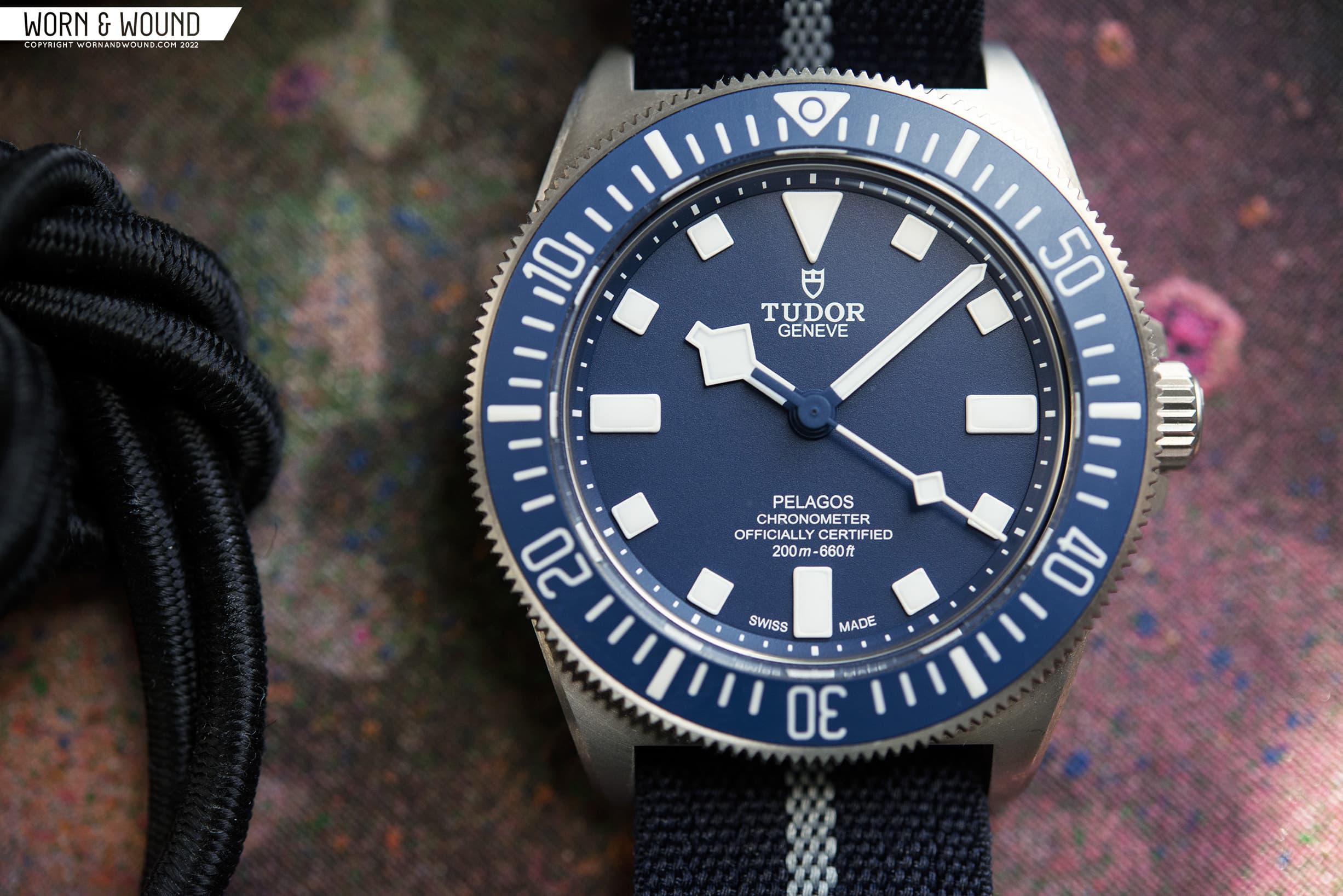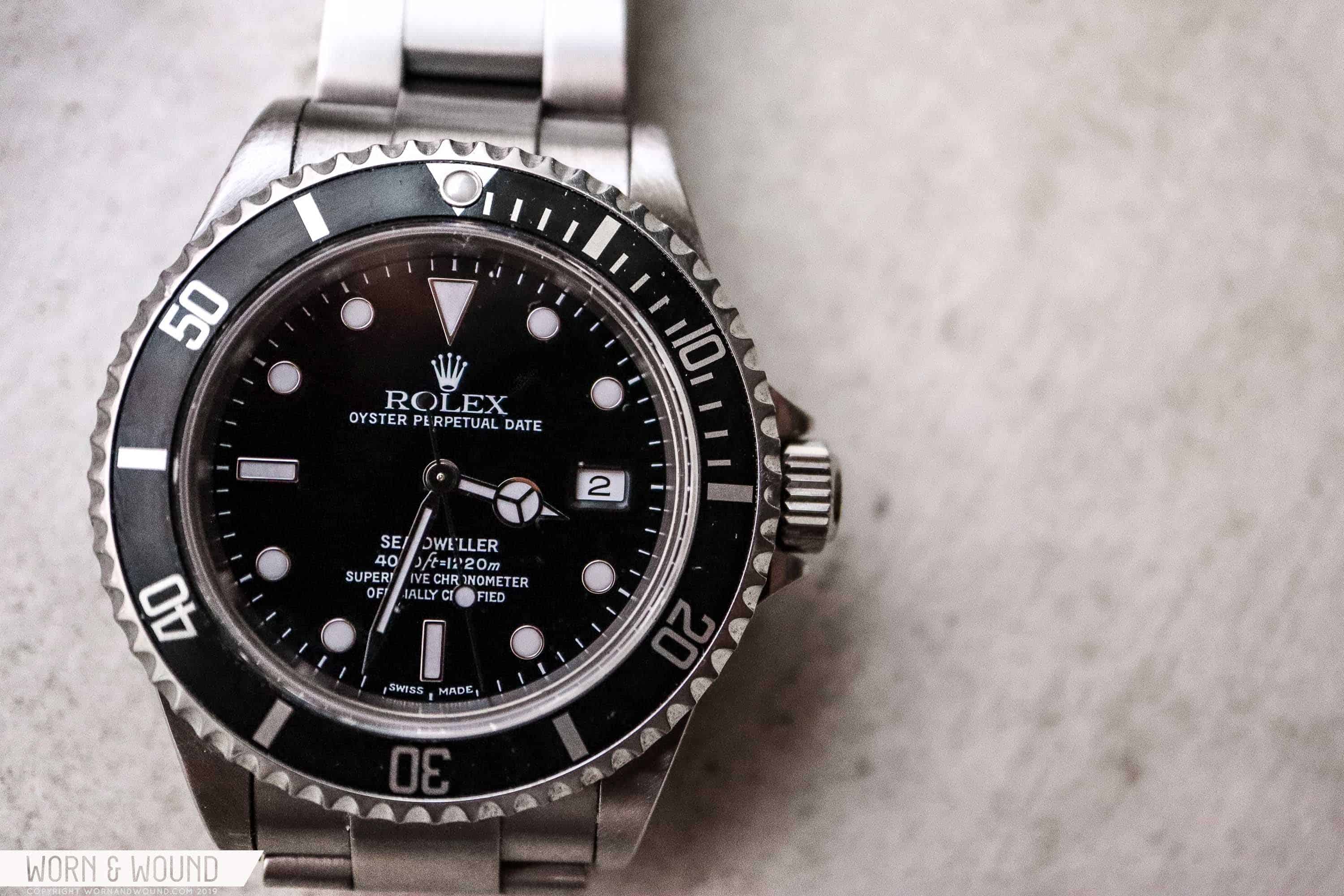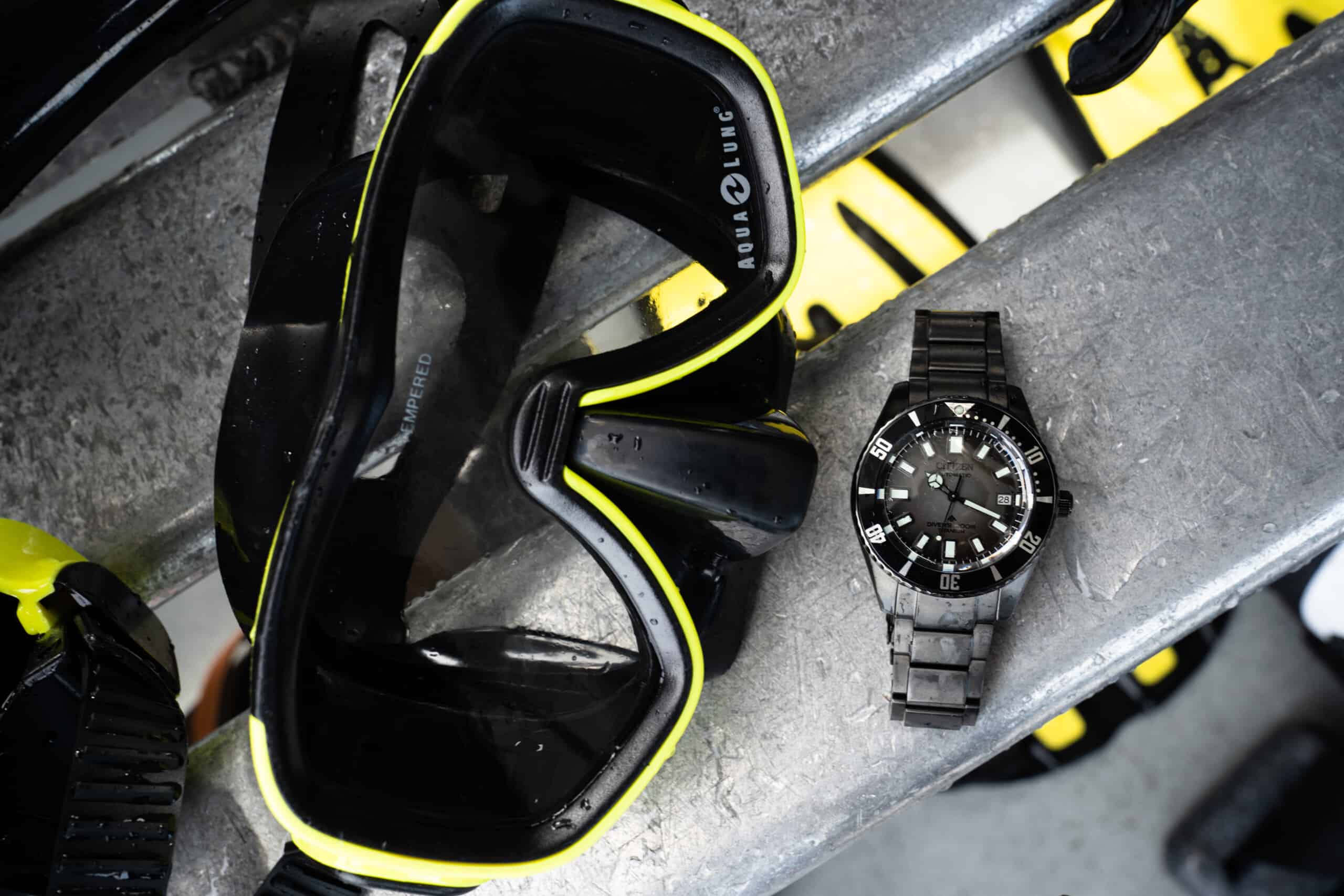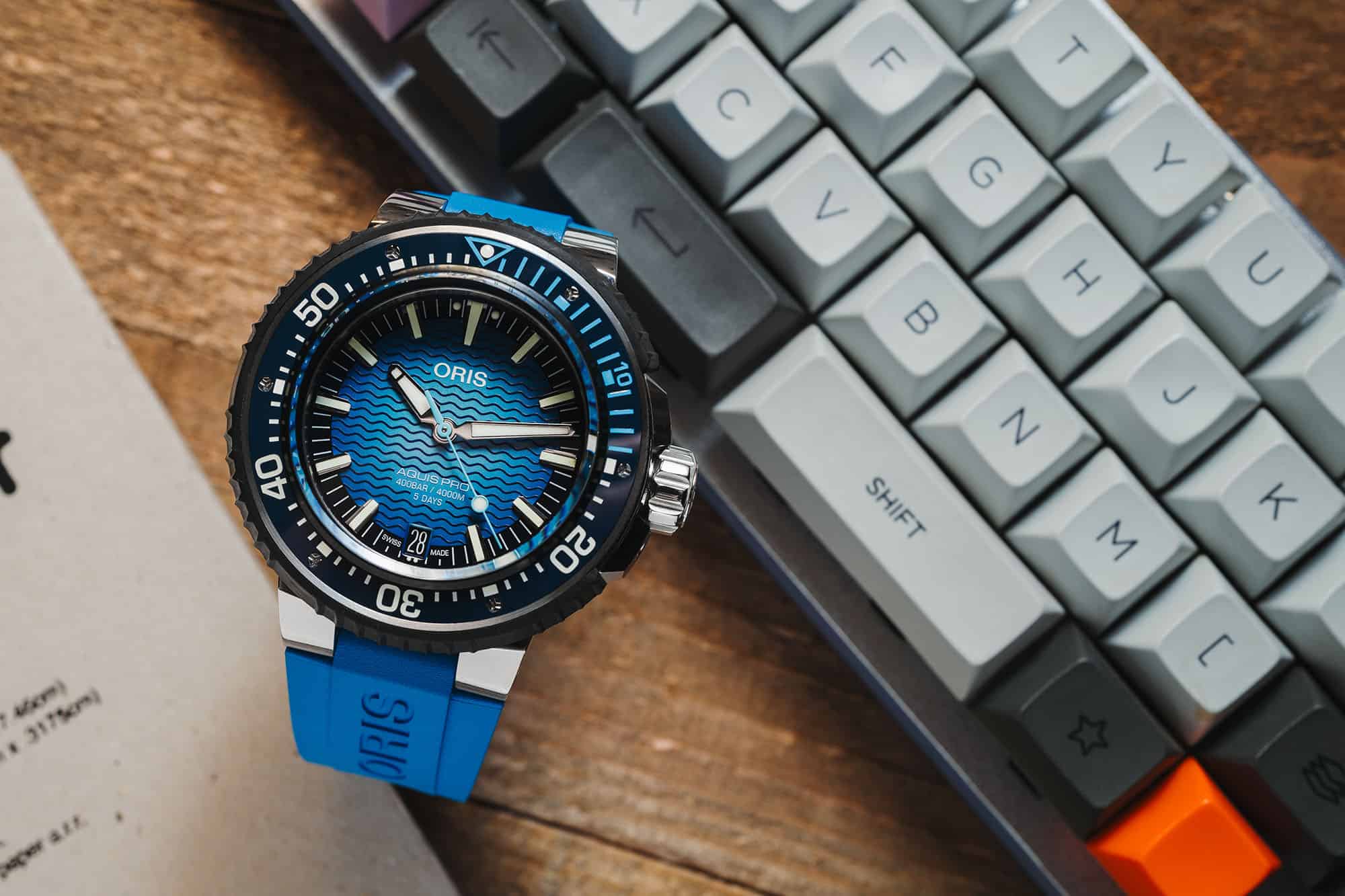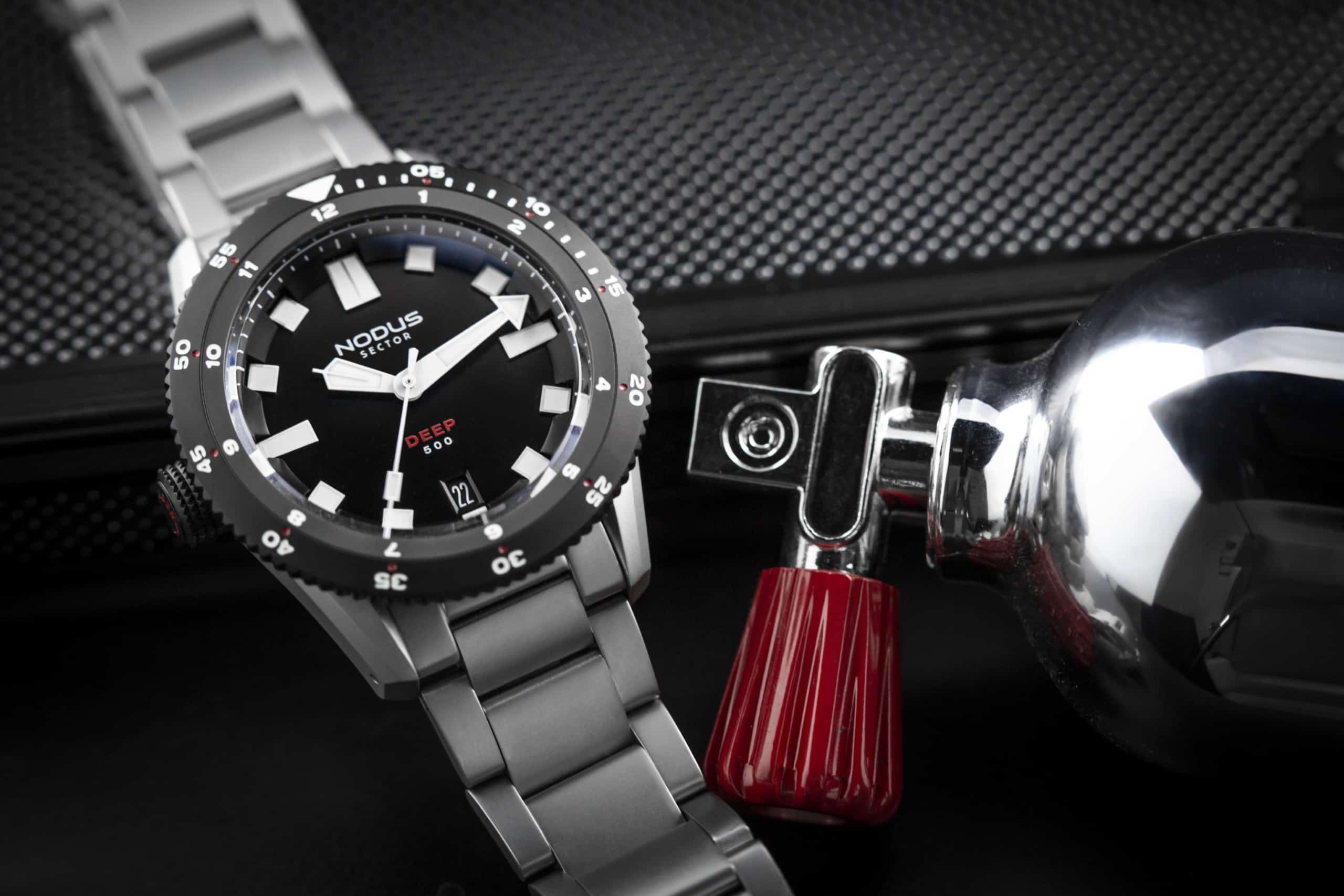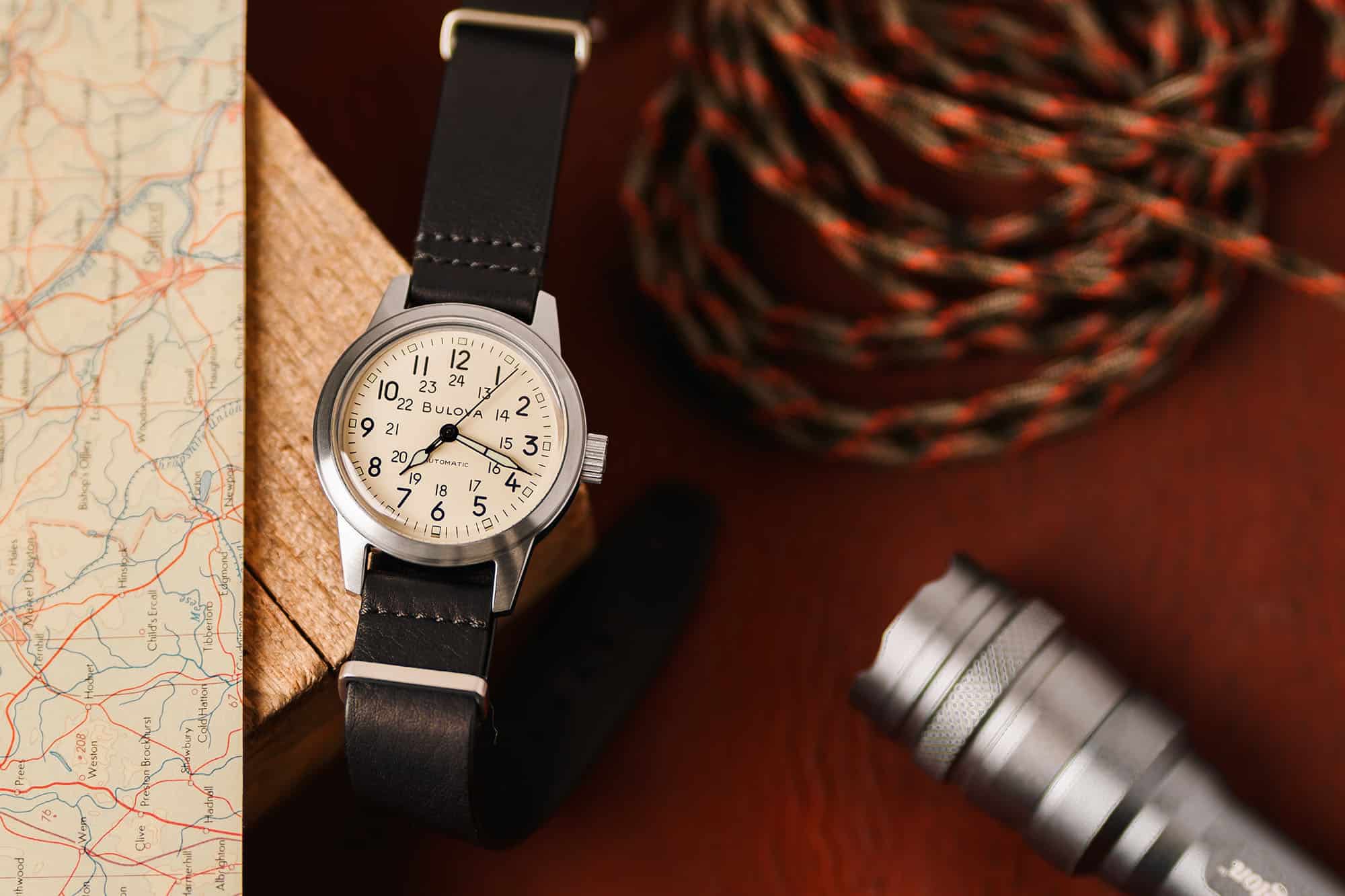With some welcome influence from my favorite YouTube reviewers, it was easy as a new collector to discern what specs were considered acceptable by the larger enthusiast community. While we may never agree on which case diameter constitutes the ideal “sweet spot” (but we all know it’s 36-38mm) or what movement is best, one specification seemed to have near universal support in the comment sections: 200 meters of water resistance. For years, I happily rode the bandwagon of this robust cookie cutter spec. Afterall, watches aren’t free, and it’s hard to argue against the assurance of high water resistance. But today I’m going to try to do exactly that.
Setting the Bar
Water resistance is a bit of a mystical topic in the watch world. Before I was a self-declared enthusiast, I wore a 35mm analog quartz Casio with a resin strap, the ones that declare “water resist” directly on the dial. As a casual wearer with zero curiosity about the specific water resistance abilities of my $15 Casio, I took the dial’s word at face value. I wore my watch in the shower, while I washed dishes, and in the occasional hotel pool. Never once did moisture make its way into my watch, nor was I concerned about the possibility.
But ignorance is bliss, and when I felt an enthusiast-driven desire to educate myself on water resistance, my research only muddied the waters. I learned that 3 ATM (atmosphere) is used interchangeably with 30 meters, the former referring specifically to “physical atmospheres,” an antiquated and less frequently used unit of measure for pressure. Both sound sufficiently hardy considering 30 meters is several times deeper than the average swimming pool. But then I read that 30 meters is only splashproof, and not suitable for any backyard pool. Digging more, I learned that 5 ATM/50 meters of water resistance is not recommended for scuba diving, despite the fact that 40 meters is the maximum depth for recreational divers. A glutton for punishment, I Googled 10 ATM, and was met with forum threads listing aquatic activities too extreme for even 100 meters of water resistance. Sorry jet skiers, the internet’s consensus is that you’ll need at least 200 meters of resistance.
![]()
The more I learned, the more fragile my watches seemed to feel. And so, like many of my fellow commenters on YouTube, I came to the conclusion that I should just set my expectation to 200 meters of water resistance for all future watch purchases. It was a threshold that felt safe, and with no shortage of brands offering it, it was easily achieved as a collector.
But after owning perhaps too many dive watches and missing out on their less-robust counterparts, I’ve come to the realization that the logic behind my self-imposed limitation had a major flaw: I’m not a scuba diver. Heck, I’m hardly a swimmer. Why did I care if a 50 meter watch was actually capable of 50 meters of water resistance? Setting any hard rules that limit what watches you experience is probably a bad idea and can only… well, limit you. And I’d set one heck of a limitation on my enthusiasm.
How Much is Enough?
Watches are often about pushing the limits. We are on a constant mission for the most extreme. We push for longer power reserves, higher beat rates, more complications, improved accuracy, and maximum thinness. Innovation is a good thing, and I’m not going to pretend I don’t enjoy the various races for the fastest, longest, lightest, and thinnest currently happening in the watch industry. But, when those races seep into general expectations, the consumer pays the price with limited options, and brands pay by being saddled with guidelines that dampen creativity.
![]()
It’s fun to poke fun at proportions of the comically large Rolex Sea Dweller. Rolex doesn’t care what I think, or if I buy one, so it’s all fun and games. But the lines start to blur when “regular” watches enter the race. I’m a huge fan of the Oris Aquis line and got a kick out of the 4000 meter Aquis Pro. And while I initially laughed at the 49.5mm case, part of me thought “Hey, it’s titanium, maybe I could actually wear this thing.” As a microbrand lover, when I look at the Nodus Sector Deep with 500 meters of water resistance and the 600 meter Core Divers from Ocean Crawler with approachable price tags and (somewhat) wearable dimensions, it’s tempting to think “why not?” when deciding how much water resistance to desire in a daily wearer.
Unnecessary water resistance is impressive, but sometimes a reminder of its true lack of necessity is grounding. I closed out 2023 by re-acquiring a Bulova Hack- a watch I’d previously sold after it felt too fragile, but purchased again with the intention of beating the heck out of it. With a modest price tag and only 30 meters of water resistance, it was the perfect candidate to confront my spec snobbery. And, after a couple months of bathing the dog, jogging in the rain and even a dip in a hotel pool, my Hack is bone dry. While purely anecdotal, the versatility of this fairly un-robust watch has given me the confidence to look beyond specs, freeing myself to explore provenance, design and whatever else my heart desires.
![]()









 Featured Videos
Featured Videos




